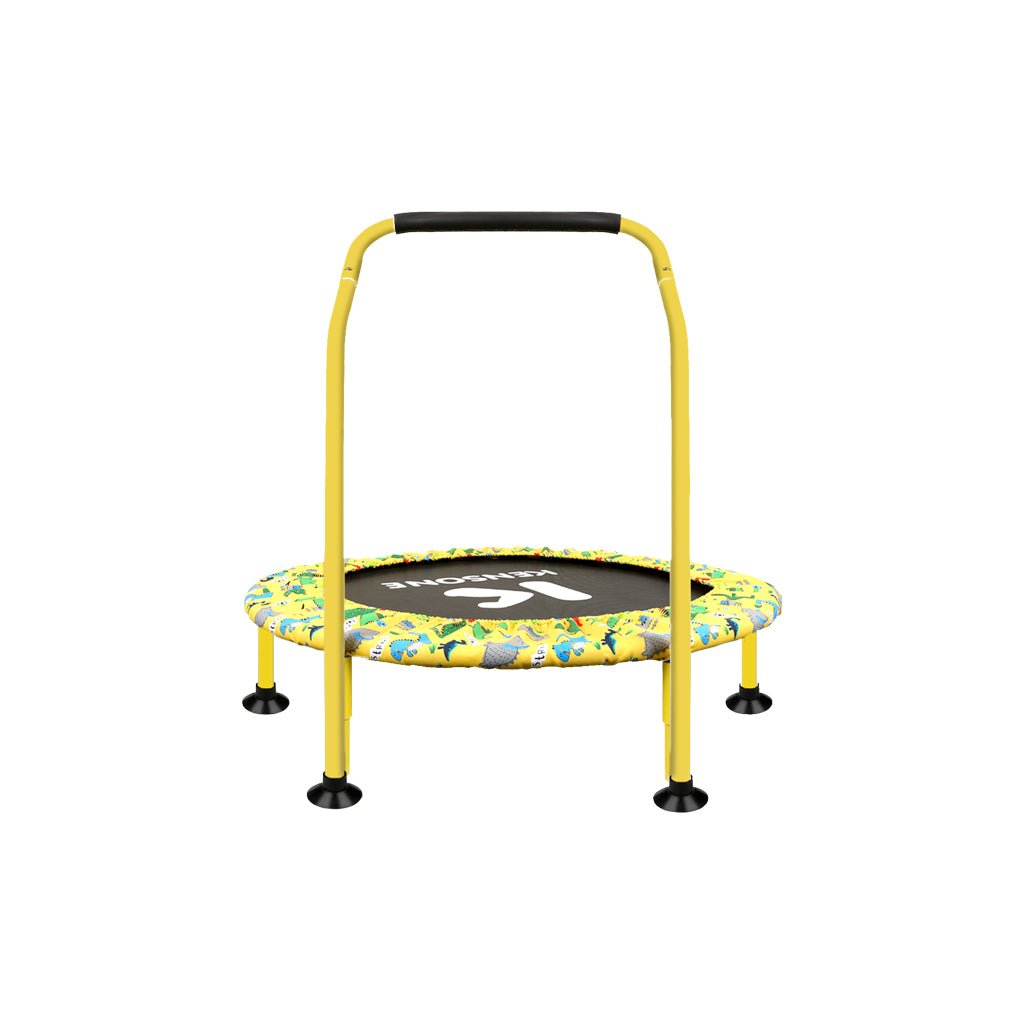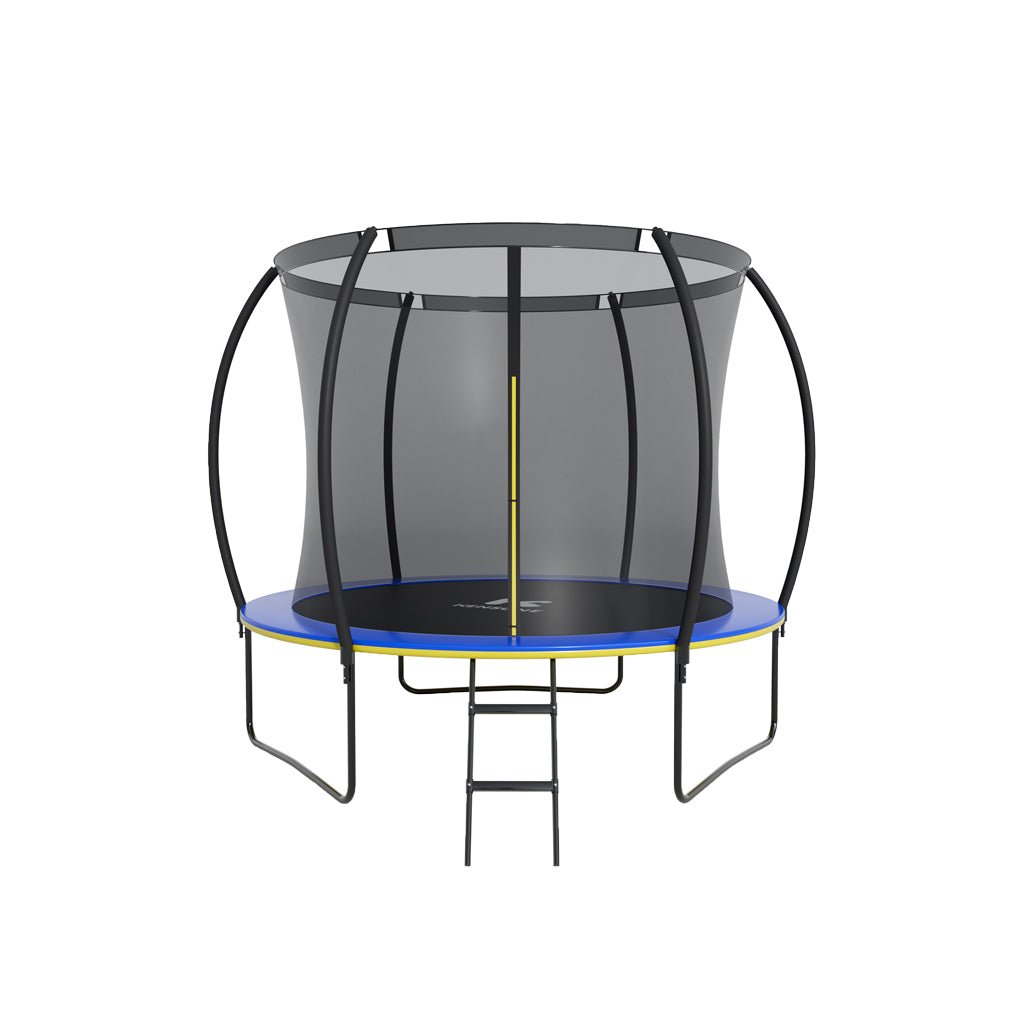Exploring Trampoline Use in Physiotherapy for Cystic Fibrosis Patients
Introduction
Trampoline therapy in physiotherapy is a novel approach for managing Cystic Fibrosis (CF), offering unique benefits for patients. This comprehensive exploration discusses the potential advantages, challenges, and safety aspects of this therapy.
The Therapeutic Potential of Trampolines for CF Patients
Benefits and Challenges
Trampoline exercises are shown to significantly enhance cardiopulmonary function in CF patients. By encouraging active jumping movements, these exercises help in loosening the mucus in the lungs, facilitating better sputum clearance. This not only aids in respiratory function but also contributes to overall lung health. However, a major challenge is tailoring these exercises to individual patient needs, considering the varying severity of CF.
Safety Concerns and Risks
The primary safety concerns with trampoline therapy include the risk of falls and joint injuries. To mitigate these, proper supervision, use of safety nets, and equipment checks are essential. Special attention is needed for younger patients or those with severe CF symptoms, where the risk of injury might be higher.
Evaluating the Efficacy of Trampoline Exercise in CF Therapy
Scientific Studies and Findings
In exploring new ways to enhance physiotherapy for Cystic Fibrosis patients, trampoline exercises have shown promising signs. These exercises are believed to potentially improve lung function and aid in respiratory management, making them a captivating option for CF therapy. The engaging nature of trampoline exercises, coupled with their potential health benefits, marks an exciting area for future research and application in CF care.
Alternative Exercise Modalities
Comparatively, while activities like swimming and cycling also benefit CF patients by enhancing lung function, trampoline therapy offers a more engaging and less strenuous alternative. It provides a unique combination of aerobic exercise and physiotherapy, making it particularly suitable for younger patients or those who find traditional exercises challenging.
The Debate on Trampoline Use in Medical and Recreational Settings
Professional Guidelines and Recommendations
Leading health organizations are increasingly acknowledging the potential of trampolines in physiotherapy. While specific guidelines are still under development, the general consensus emphasizes the importance of session duration, frequency, and supervision. These emerging guidelines reflect a growing recognition of trampoline exercises as a valuable tool in therapeutic settings, especially for conditions like Cystic Fibrosis.
Dilemma in Physiotherapy for CF
Professionals debate the efficacy of trampoline therapy compared to other established methods. Concerns primarily revolve around the lack of extensive research data and the need for individualized therapy protocols.
Comprehensive Safety Measures and Guidelines for Trampoline Use
Recommendations for Safe Trampoline Practice
Key safety measures include the use of trampolines with adequate padding, ensuring constant supervision by trained therapists, and conducting regular equipment safety checks. Additionally, patients should undergo a pre-exercise medical evaluation to assess their suitability for trampoline therapy.
Implementing Safety Protocols
The implementation of these safety protocols is critical in both therapeutic and home settings. Proper training for caregivers and therapists in managing and supervising trampoline sessions is crucial. This ensures a safe and effective therapeutic environment, seamlessly integrating trampoline exercises into the broader spectrum of CF care.
Conclusion
Trampoline therapy offers an exciting new dimension in CF care, balancing physical health benefits with enjoyment. However, its integration into standard therapy requires careful consideration of safety protocols, further research, and tailored approaches to meet individual patient needs.
Comprehensive FAQ Section
Addressing Common Queries
Q: How does trampoline therapy specifically benefit cystic fibrosis patients?
A: Explains the unique advantages of trampoline exercises in improving lung function and aiding in sputum clearance for CF patients.
Q: Are there any specific safety guidelines for CF patients using trampolines?
A: Discuss tailored safety protocols and precautions for CF patients engaging in trampoline exercises.
Q: What kind of supervision is recommended during trampoline therapy sessions for CF patients?
A: Addresses the need for professional supervision and the role of physiotherapists during trampoline sessions.
Q: How does trampoline therapy compare with other physiotherapy exercises for CF?
A: Compares trampoline therapy with other common physiotherapy modalities used for CF, highlighting differences in benefits and applicability.
Q: Is trampoline therapy widely accepted in the medical community for treating CF?
A: Explores the current stance of the medical community on the use of trampoline therapy for CF, including any ongoing debates or research.
References:









